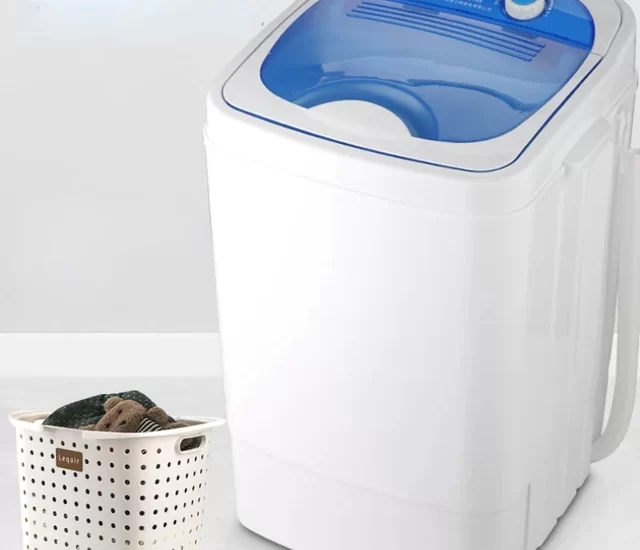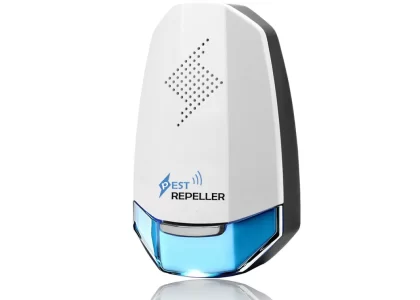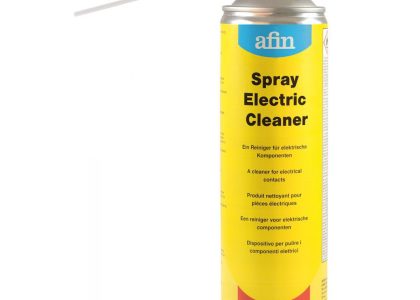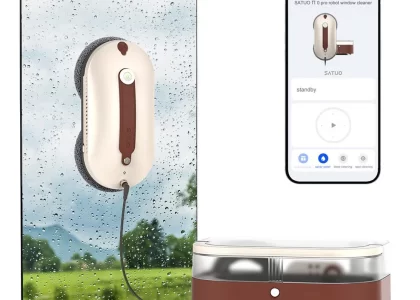 Introduction:
Introduction:
Discovering that your washing machine is leaking from the bottom during the spin cycle can be a cause for concern. A leaky washing machine not only creates a mess but can also lead to potential water damage in your home. In this comprehensive guide, we will explore the various causes of a washing machine leaking from the bottom during the spin cycle and provide practical solutions to address the issue. By understanding the potential reasons behind the leakage, you can take appropriate steps to resolve the problem and prevent further damage.
 Types of washing machines:
Types of washing machines:
When it comes to types of washing machines, there are several options available. Here are some common types:
Top-Loading Washing Machines:
Top-loading machines have a lid on the top and the laundry is loaded from the top. These machines are typically more affordable and have a shorter wash cycle. They are also convenient for adding laundry mid-cycle. However, they generally use more water and can be harsher on delicate fabrics.
Front-Loading Washing Machines:
Front-loading machines have a door on the front, and laundry is loaded from the front. These machines are known for their energy efficiency and water-saving features. They typically have larger capacity and offer a gentler washing motion, making them suitable for delicate garments. Front-loading machines are a popular choice for households that prioritize energy efficiency and lower water consumption.
High-Efficiency (HE) Washing Machines:
HE washing machines can be either top-loading or front-loading machines with advanced technology designed to use less water and energy. They have specialized detergents available to optimize performance. These machines are known for their excellent cleaning capabilities and are more environmentally friendly.
Compact Washing Machines:
Compact washing machines are smaller in size and designed for apartments, condos, or limited spaces. They are available in both top-loading and front-loading models and offer convenience for smaller households or individuals living in tighter living spaces.
Washer-Dryer Combo:
Washer-dryer combo machines combine the functions of both a washing machine and a dryer in one unit. They are suitable for smaller spaces where separate washer and dryer setups may not be feasible. However, these units typically have a smaller load capacity and longer drying times compared to standalone dryers.
Portable Washing Machines:
Portable washing machines are smaller and lightweight machines that are typically manually operated or require minimal plumbing. They are suitable for camping, RVs, or situations where access to a traditional washing machine is limited.
Each type of washing machine has its advantages and considerations. Factors such as available space, energy efficiency, load capacity, and budget should be taken into account when selecting the most suitable washing machine for your needs.
 Several potential hazards and consequences:
Several potential hazards and consequences:
When a washing machine is leaking, it can have several potential hazards and consequences:
Water Damage: The most immediate impact of a leaking washing machine is water damage to the surrounding area. If left unattended, the water can seep into the flooring, walls, and other nearby structures, leading to structural damage, mold growth, and potential health hazards.
Safety Hazards: A leaking washing machine can create slippery surfaces, posing a safety risk for anyone walking near or in contact with the area. Slip and fall accidents can occur, causing injuries to occupants or visitors.
Electrical Hazards: If the water comes into contact with electrical components of the washing machine or adjacent outlets, it can lead to electrical shorts or even electrical shock. This poses a significant risk to personal safety and can potentially cause damage to the machine or other electrical appliances.
Increased Energy Consumption: A leaking washing machine often requires more time and water to complete a cycle. This leads to increased energy consumption, resulting in higher utility bills. The inefficiency may also put strain on the machine, leading to potential further damage or decreased lifespan.
Impact on the Indoor Environment: Water leakage can create a moist environment, which promotes the growth of mold and mildew. These microorganisms may not only cause unpleasant odors but also trigger respiratory problems and allergies in susceptible individuals.
Machine Malfunction and Damage: A leaking washing machine can indicate a malfunction or damage within the machine. Ignoring the leak can lead to further breakdowns, component damage, and costly repairs or even the need for a complete replacement of the machine.
It is crucial to address a leaking washing machine promptly to minimize these hazards. Investigate the cause, potentially involving professional repair services if necessary, to prevent further damage and ensure the safe and efficient operation of the machine. Regular maintenance and inspections can help identify any potential leaks or issues early on.
Introduction to Washing Machine Leaks
A leaking washing machine may occur for various reasons and requires prompt attention to avoid potential water damage.
A. Types of Leaks: Leaks can manifest as visible water pooling, dripping, or even the appearance of dampness around the washing machine.
B. Common Areas of Leakage: The bottom of the machine, pump, hoses, and tub are common areas where leaks may occur.
Causes of Washing Machine Leaks
Identifying the cause of the leak is crucial for effective troubleshooting and repair.
A. Damaged Door Seal or Gasket: A worn or damaged door seal or gasket can result in water seeping out during the spin cycle.
B. Clogged Drain Pump or Filter: A clogged pump or filter obstructs proper drainage, leading to water overflow and leakage.
C. Faulty Hoses or Water Inlet Valve: Cracked or loose hoses, as well as a malfunctioning water inlet valve, can cause water leakage.
D. Overloading the Washing Machine: Overloading the machine with excessive laundry can cause imbalance and subsequent leaks.
 Troubleshooting and Solutions
Troubleshooting and Solutions
Addressing the causes of washing machine leaks requires targeted troubleshooting and appropriate solutions.
A. Inspect the Door Seal or Gasket: Check for any visible signs of damage or wear on the door seal or gasket. Replace if necessary.
B. Clean the Drain Pump and Filter: Clear any debris or clogs from the drain pump and filter to ensure unobstructed water flow.
C. Check and Tighten Hoses: Inspect all hoses and ensure they are tightly connected without any leaks or cracks. Replace damaged hoses as needed.
D. Test the Water Inlet Valve: Check the water inlet valve for proper functioning. Replace if it is not opening or closing correctly.
E. Avoid Overloading the Washing Machine: Follow the manufacturer’s guidelines for recommended load capacity to prevent imbalances and leaks.
Professional Assistance
If troubleshooting and DIY solutions do not resolve the issue, it may be necessary to seek professional assistance.
A. Contacting a Technician: If the leak persists or you are unsure about performing further repairs, contact a qualified technician for assessment and repair.
B. Warranty Considerations: If your washing machine is still under warranty, consult the manufacturer or authorized service center for assistance.
V. Preventive Maintenance and Care Tips
Taking preventive measures and practicing regular maintenance can help avoid future leaks.
A. Clean the Washing Machine Regularly: Keep the machine clean by running a maintenance cycle with hot water and vinegar to remove residue and buildup.
B. Avoid Overusing Detergent: Use the appropriate amount of detergent to prevent excessive suds that can lead to overflow and leaks.
C. Inspect and Replace Rubber Hoses: Regularly inspect rubber hoses for signs of deterioration and replace them every five years or as recommended by the manufacturer.
 Conclusion
Conclusion
A washing machine leaking from the bottom during the spin cycle can be a cause for concern. By understanding the potential causes and implementing the appropriate solutions outlined in this guide, you can effectively troubleshoot and address the issue. Regular maintenance, careful attention to load capacity, and practicing proper usage of the machine can help prevent future leaks. If necessary, do not hesitate to seek professional assistance for thorough assessment and repairs. By taking proactive measures and addressing leaks promptly, you can ensure a well-functioning washing machine and avoid water damage in your home.





